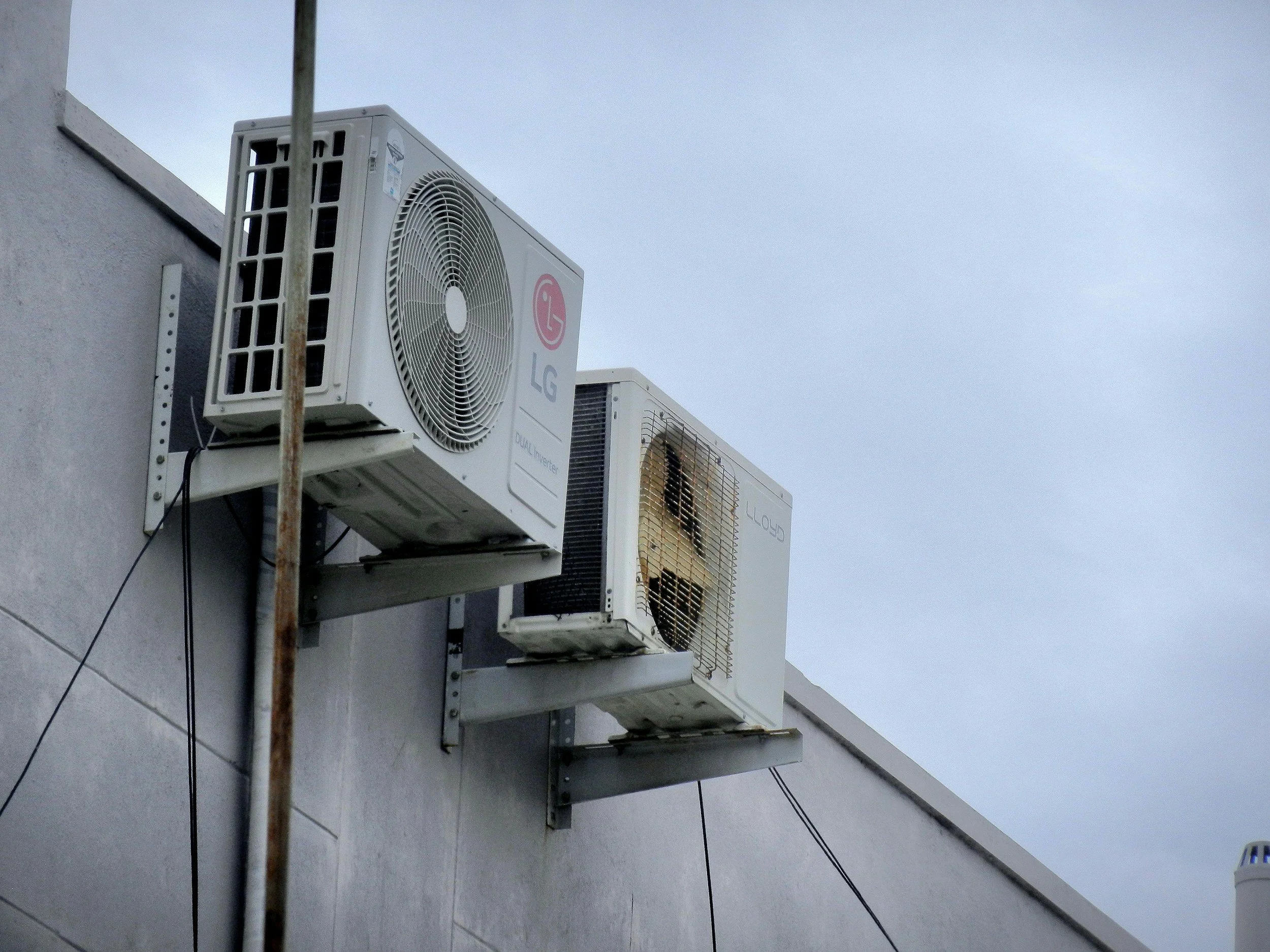Slow Fashion Spotlight: Is Buying LESS Better Than Buying GREEN?
PAGE Magazine
By Carla Jonas
Overconsumption is a significant contributor to climate change, which is why it is so important to understand how our choices influence the health of the planet. Slow fashion is more than a trend: it’s the intentional buying of quality items that are made to last so you can reduce your carbon footprint. But which is better, buying eco-friendly or simply buying less? Read on to discover which is the right choice for you.
Too Much Stuff
Living in an age where literally anything you desire can be had with a single click, it’s difficult to say no to the siren call of the material world. We love our stuff. And if you’re going to buy, you should absolutely invest in an eco-friendly option. But as inhabitants of a planet with limited resources, we cannot continue to consume at our current rate. Consider this: rather than buying a bunch of cheap costume jewelry that you’ll only wear a couple of times before it breaks, pick a classic such as an elegant choker necklace that goes with multiple things in your wardrobe, and that you’ll wear again and again.
The Flap of a Butterfly Wing
Manufacturers engage in planned obsolescence and consumers buy more than they need. Every part of the consumer process has an impact on the environment, and eventually all of this stuff has to go somewhere. Whether it’s into a landfill or a recycling program, it will have repercussions, positive and negative, throughout the system and the planet. As consumers, we must make more informed choices. A ‘green’ product is definitely better than a throwaway, but always take extra time to consider whether you need the item in the first place.
Makes Yourself (and the Planet) Happy
As a species, humans have spent most of their existence preparing for times of scarcity. Unending abundance is a modern concept and it’s hard to let go of the idea of ‘collecting while you can.’ But it turns out that after your basic needs are met, acquiring extra stuff has a negative impact on your mental health. Those who practice environmentally-conscious behaviors like repairing broken items rather than replacing them are happier overall than those who buy more stuff, eco-friendly or not. And while buying sustainable items does have some positive impact on the environment, the effect is less than reducing consumption. In short, while it may feel good to buy clothes made from recycled materials, it is better to wear what you already own. Less stuff to think about also frees up brain space, and space in your home. Ownership can become a burden and add unnecessary stress to our lives.
Buying Less Makes You Richer
Not only does buying less unburden your brain, it’s also good for your wallet, which will make anyone feel happier. People who impulse-buy, eco-friendly or otherwise, also tend to be less likely to have a proactive financial strategy. Talk to anyone who has lived through hardship and they will tell you that having a Rainy Day Fund really does make you feel less stressed. Millennials, the largest consumer group, have been raised to believe that buying is good, that it supports the economy, and even that money can buy happiness. When your attitudes develop in this kind of environment, it can be hard to change, but it’s worth the effort. Next time your finger is hovering over the ‘buy now’ button, stop and think. You, your wallet, and the planet, will be happier and healthier for it.
Featured












Water management plays an essential role in maintaining the safety and stability of a home.